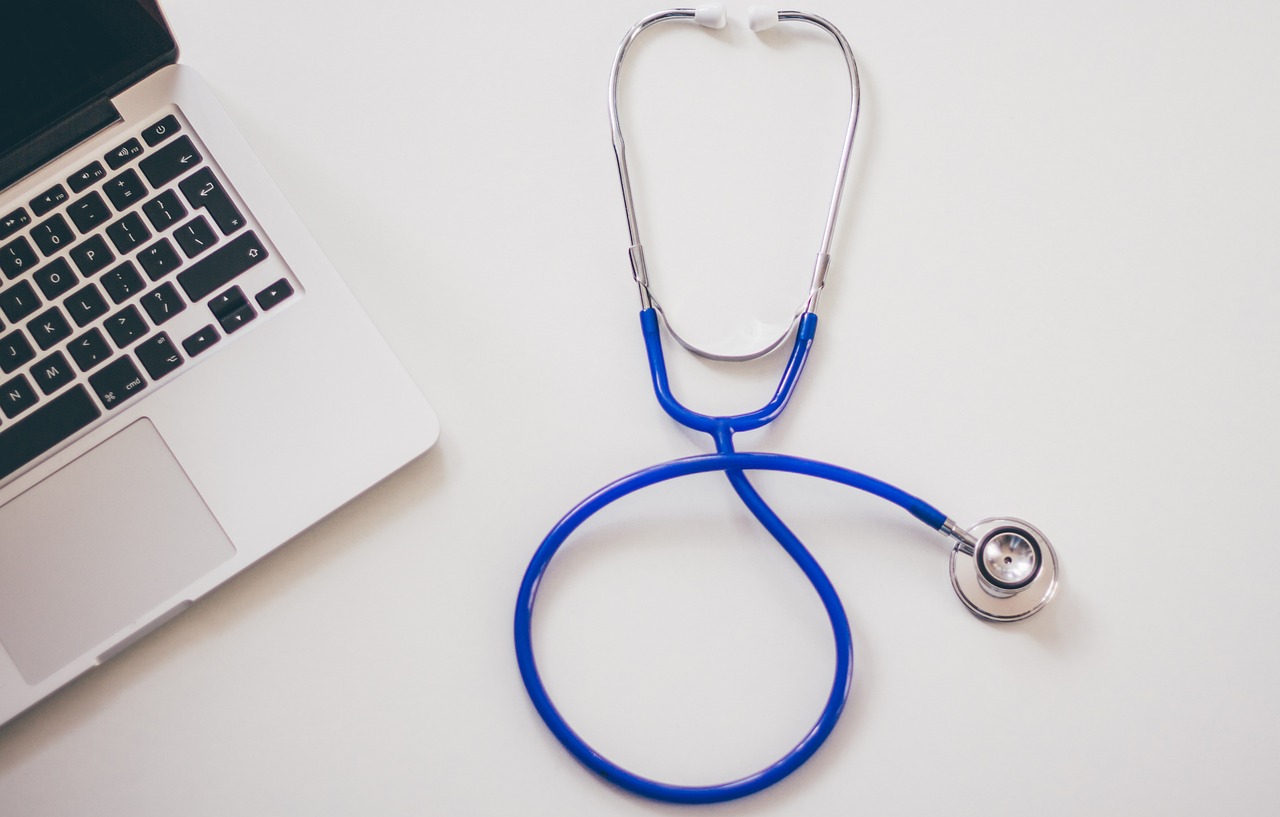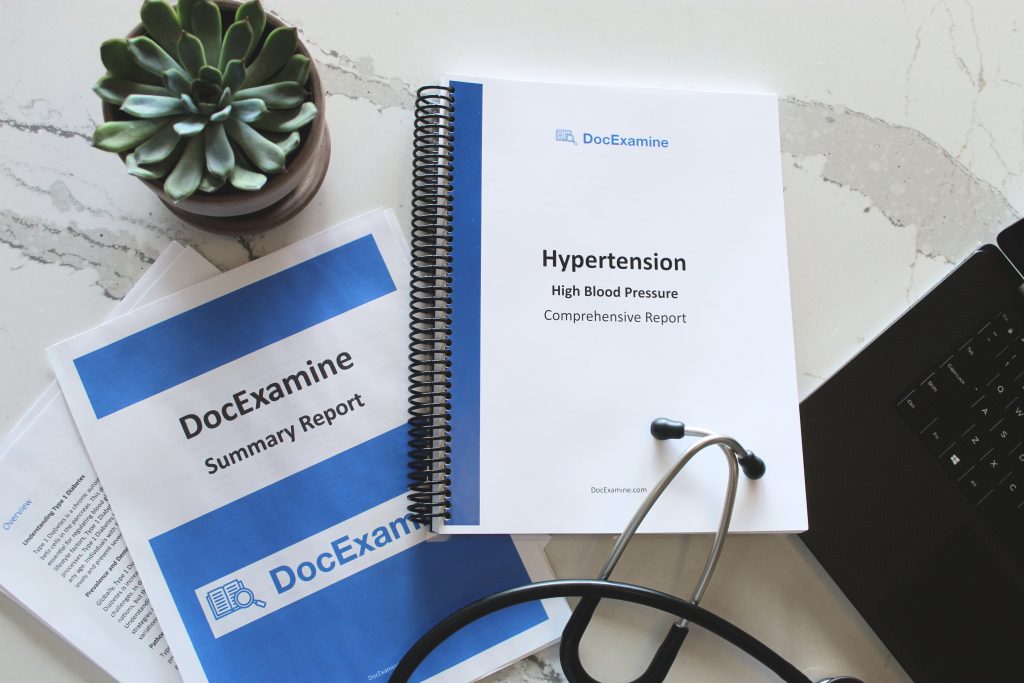When we think of breast cancer, it’s often associated with women over the age of 50. But did you know that breast cancer is rising in women under 40? Although it’s less common in younger women, these cases tend to be more aggressive and harder to treat.

Why Are Breast Cancer Cases Rising in Younger Women?
Genetic Factors and Family History
Genetics plays a big role in breast cancer risk, especially for younger women. BRCA1 and BRCA2 gene mutations significantly increase the likelihood of developing breast cancer at a younger age. If you have a family history of breast or ovarian cancer, your risk may be higher.
Lifestyle and Environmental Factors
Certain lifestyle choices and environmental exposures may contribute to the rise in younger women’s breast cancer rates:
- Obesity and Poor Diet: Excess weight can influence hormone levels, increasing the risk.
- Alcohol Consumption: Even moderate drinking can elevate breast cancer risk.
- Environmental Toxins: Exposure to harmful chemicals in plastics, cosmetics, and the environment can play a role.
Delayed Childbearing and Hormonal Changes
Many women are choosing to have children later in life, which may influence hormone levels linked to breast cancer risk. Not having children or having a first child after 30 can slightly increase risk.
Why Is Breast Cancer More Aggressive in Younger Women?
Breast cancers in younger women tend to be more aggressive and less responsive to treatment. They’re more likely to be triple-negative breast cancers (TNBC), which means they don’t respond to hormonal therapy and have fewer treatment options. Additionally, younger women’s breast tissue is often denser, making tumors harder to detect through traditional screenings like mammograms.
Signs and Symptoms to Watch For
While routine screenings typically start at age 40 or 50, younger women should be proactive about their breast health. Here’s what to look out for:
- A lump in the breast or underarm
- Changes in breast shape or size
- Dimpling or puckering of the skin
- Nipple discharge or inversion
- Persistent pain in one area of the breast
If you notice any of these signs, don’t wait—see a doctor as soon as possible.
What Can Younger Women Do to Reduce Risk?
- Know Your Family History: Talk to family members about breast cancer history and consider genetic testing if you’re at high risk.
- Adopt Healthy Lifestyle Habits: Maintain a healthy weight, exercise regularly, and limit alcohol intake.
- Be Breast Aware: Perform regular self-exams and know what’s normal for your body.
- Consult with Your Doctor: If you have risk factors, discuss earlier screenings or other preventive measures with your healthcare provider.
Breast cancer is no longer just an older woman’s disease. With rates rising among younger women, awareness, early detection, and proactive health choices are key. By knowing your risk factors and paying attention to your body, you can take charge of your breast health—at any age.
If you’re concerned about your risk or have noticed any unusual changes, don’t hesitate to reach out to a healthcare professional. Early detection saves lives.
Learn More
- Mind and Body: How Type 2 Diabetes Affects Mental Health
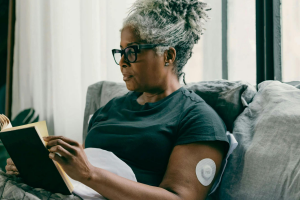
- Meal Planning 101: Crafting a Diabetic-Friendly Diet
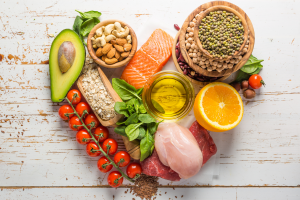
- Heart Health and Type 2 Diabetes: Reducing Cardiovascular Risks

- Exploring Clinical Trials and New Research for Type 2 Diabetes: A New Frontier in Health
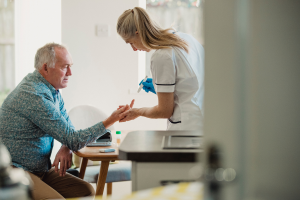
- Building a Support System: Advocacy, Groups, and Resources for Type 2 Diabetics

- Spotting the Earliest Signs: Your Essential Guide to Breast Cancer Symptoms


